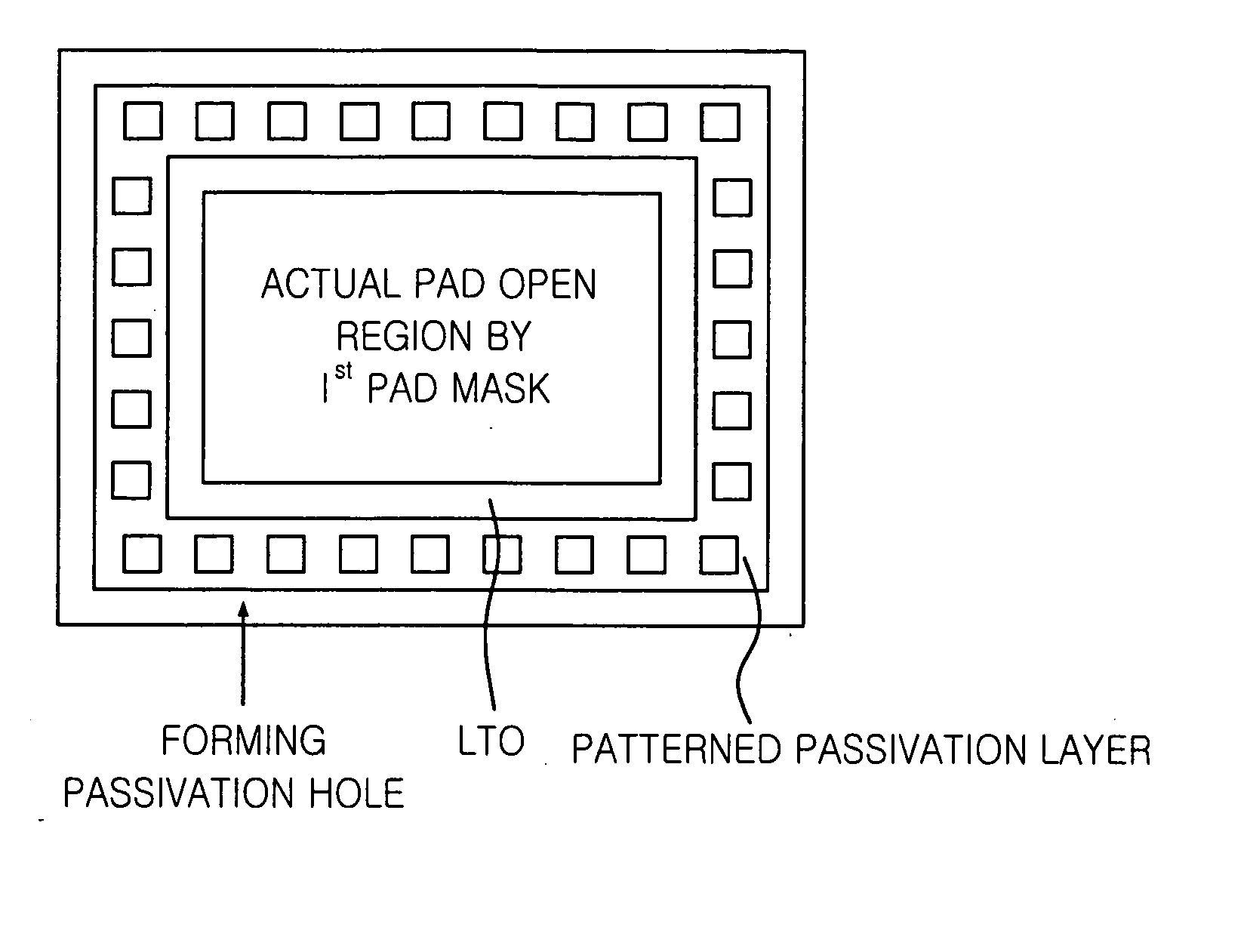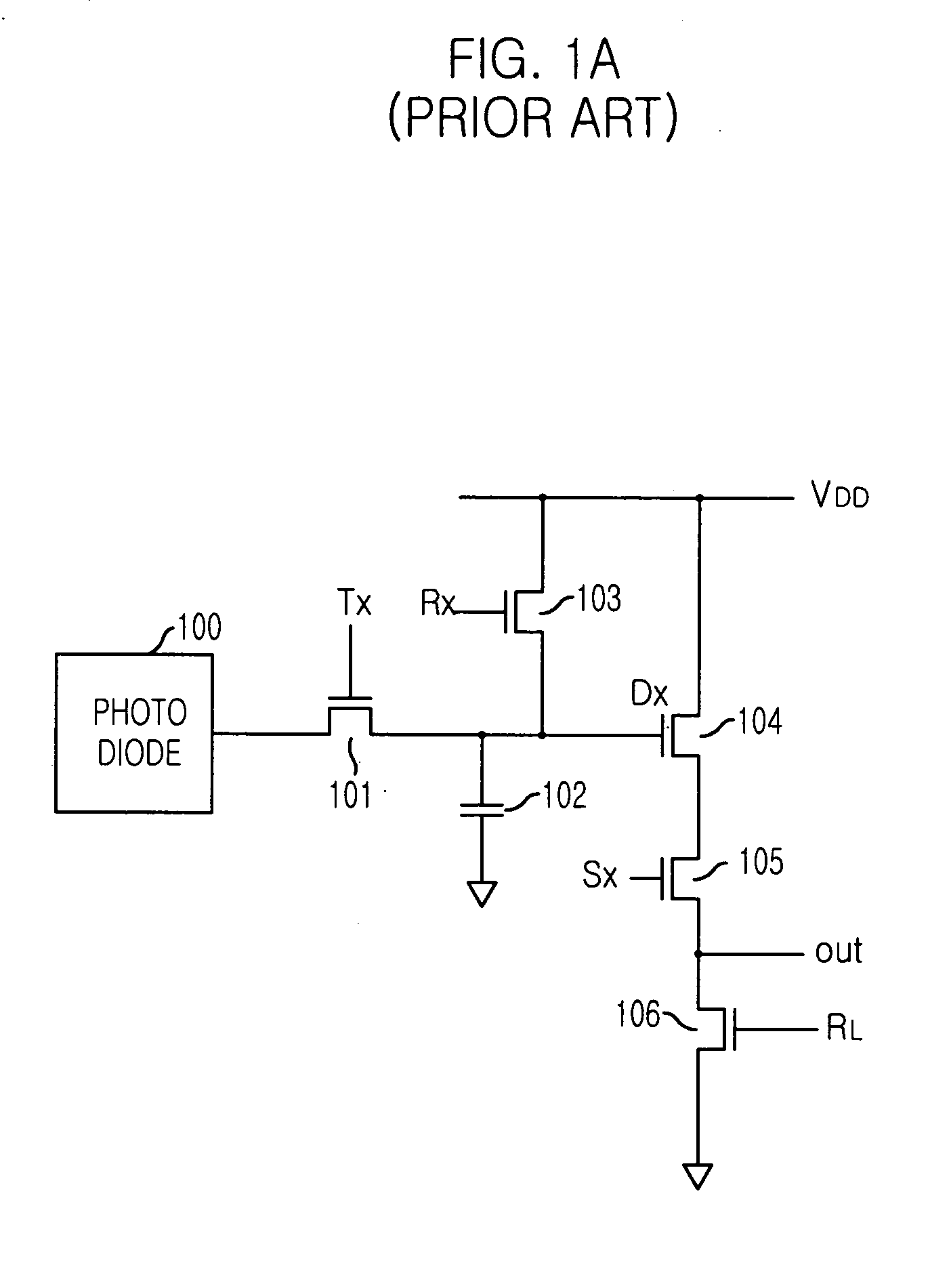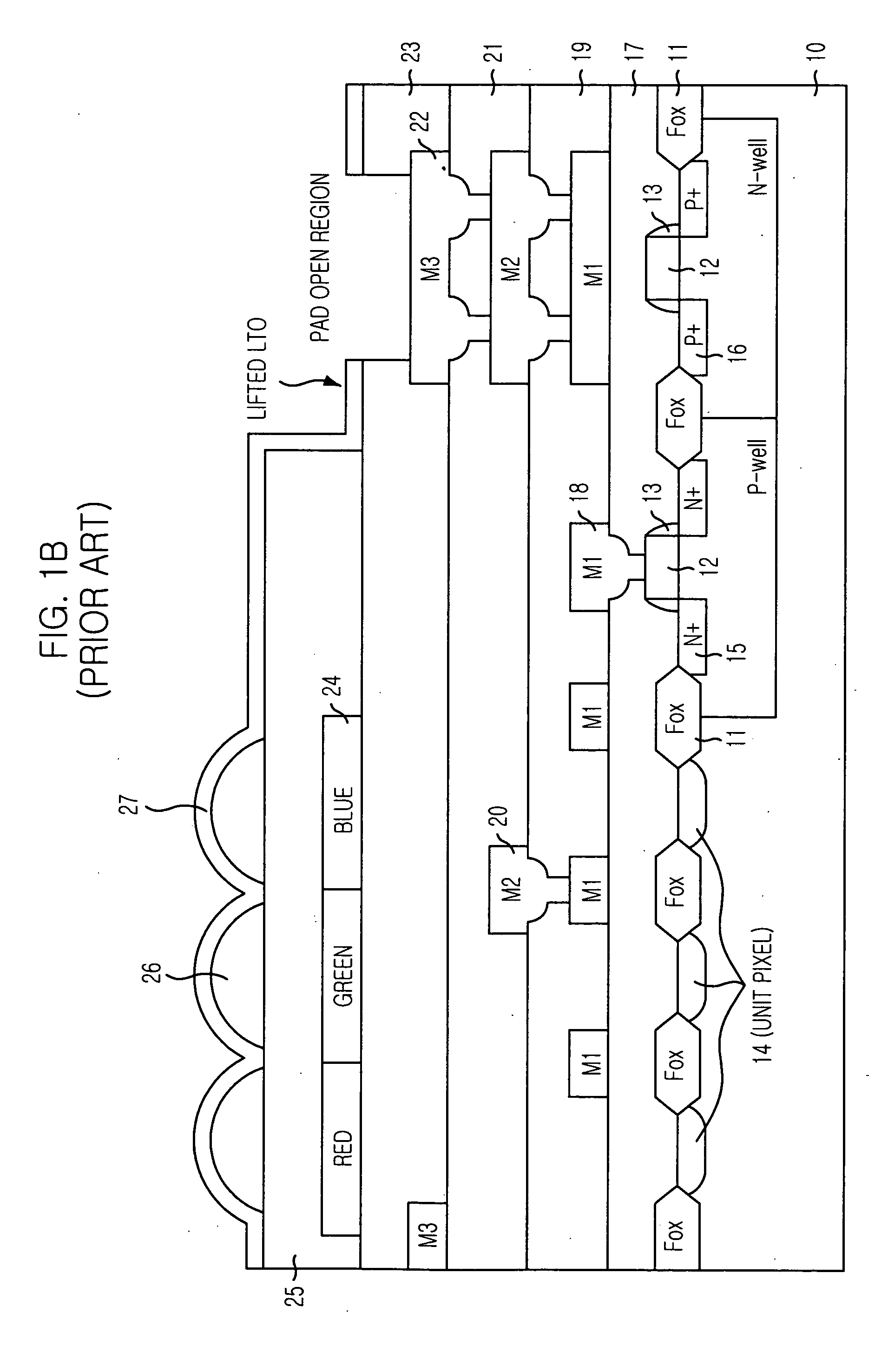Method for fabricating CMOS image sensor protecting low temperature oxide delamination
a technology of cmos and image sensors, applied in the field of method for fabricating a complementary metal oxide semiconductor (cmos) image sensor, can solve the problems of limiting the effect of these efforts, and drastically degrading the yield of probes
- Summary
- Abstract
- Description
- Claims
- Application Information
AI Technical Summary
Benefits of technology
Problems solved by technology
Method used
Image
Examples
Embodiment Construction
[0025] Hereinafter, detailed descriptions on preferred embodiments of the present invention will be provided with reference to the accompanying drawings.
[0026]FIGS. 2A to 2E are cross-sectional views illustrating fabricating processes of a complementary metal oxide semiconductor (CMOS) image sensor in accordance with a preferred embodiment of the present invention. Herein, an explanation about processes performed until a passivation layer 32 is formed is omitted since it is identical to that of a conventional method.
[0027] Referring to FIG. 2A, a pad metal 31 is formed on a metal inter-layer insulation layer 30 and the pad metal 31 is covered with a passivation layer 32.
[0028]FIG. 2B is a cross-sectional view illustrating the pad metal 31 exposed by selectively etching the passivation layer 32 with use of a pad mask.
[0029] Referring to FIG. 2B, a first pad etching process is performed by using a first pad mask after forming the passivation layer 32 shown in FIG. 2A.
[0030] Accor...
PUM
| Property | Measurement | Unit |
|---|---|---|
| temperature | aaaaa | aaaaa |
| area | aaaaa | aaaaa |
| optical | aaaaa | aaaaa |
Abstract
Description
Claims
Application Information
 Login to View More
Login to View More - R&D
- Intellectual Property
- Life Sciences
- Materials
- Tech Scout
- Unparalleled Data Quality
- Higher Quality Content
- 60% Fewer Hallucinations
Browse by: Latest US Patents, China's latest patents, Technical Efficacy Thesaurus, Application Domain, Technology Topic, Popular Technical Reports.
© 2025 PatSnap. All rights reserved.Legal|Privacy policy|Modern Slavery Act Transparency Statement|Sitemap|About US| Contact US: help@patsnap.com



